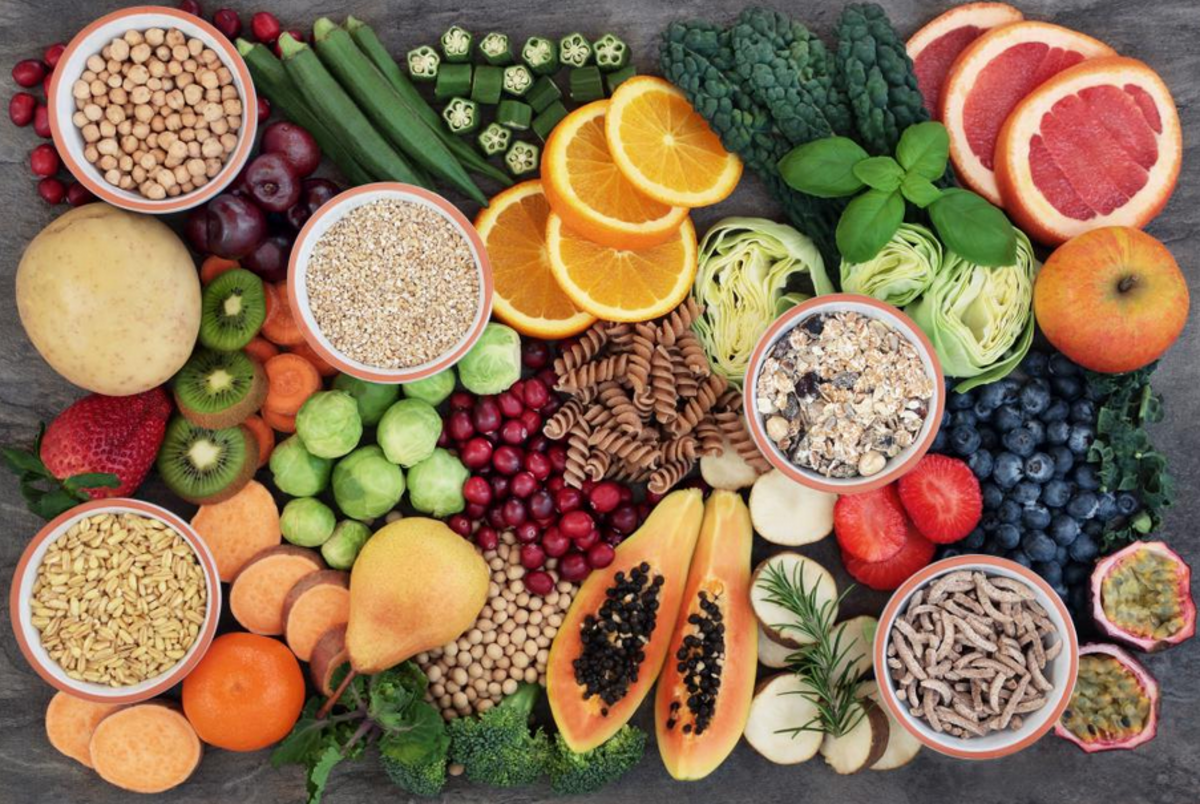Guiding Principles for Sustainable Healthy Diets

To mark the occasion, the Food and Agriculture Organization of the United Nations (FAO) and the World Health Organization (WHO) have published a set of Guiding Principles for Sustainable Healthy Diets.
These guiding principles take into account nutrient recommendations and nutrient intake goals, and consider the three pillars of sustainability: environmental, social/cultural, and economic sustainability.
They are the result of an international expert consultation process between the FAO, the WHO and 24 invited experts from around the world, including JRC scientist Davy Vanham.
Sustainable Healthy Diets
Sustainable Healthy Diets promote all dimensions of individuals’ health and wellbeing, have low environmental pressure and impact, are accessible, affordable and equitable, and are culturally acceptable.
The aims of Sustainable Healthy Diets are to
- achieve optimal growth and development of all individuals and support functioning and physical, mental, and social wellbeing at all life stages for present and future generations;
- help prevent all forms of malnutrition (i.e. undernutrition, micronutrient deficiency, overweight and obesity);
- reduce the risk of diet-related non-communicable diseases (NCDs); and
- support the preservation of biodiversity and planetary health.
Sustainable Healthy Diets: the checklist
According to the guiding principles, sustainable healthy diets:
- start early in life with early initiation of breastfeeding, exclusive breastfeeding until 6 months of age, and continued breastfeeding until two years and beyond combined with appropriate complementary feeding;
- are adequate (i.e. reaching but not exceeding needs) in energy and nutrients to meet the needs for an active and healthy life across the lifecycle;
- are consistent with WHO guidelines to reduce the risk of diet-related non-communicable diseases and ensure health and wellbeing for the general population;
- include balance and variety within and across food groups, and are based on foods with limited levels of fats, sugars, and sodium/salt, whether prepared at home or industrially prepared;
- include wholegrains, legumes, nuts and an abundance and variety of fruits and vegetables;[1]
- can include moderate amounts of eggs, dairy, poultry and fish; and small amounts of red meat;
- include safe and clean drinking water as the fluid of choice;
- contain minimal levels (or none if possible) of pathogens, toxins, and other agents that can cause foodborne disease at higher exposure;
- minimise greenhouse gas emissions, water and land use, nitrogen and phosphorus application and chemical pollution;
- preserve biodiversity, including that of crops, livestock, forest-derived foods and aquatic genetic resources, and avoid overfishing and overhunting;
- minimise the use of antibiotics in food production;
- are built on and respect local culture, skills, knowledge and consumption patterns and values on how food is sourced, produced and consumed;
- are affordable and desirable;
- generate little food loss and waste;
- avoid adverse gender-related impacts, especially with regard to time allocation (e.g. for buying and preparing food, fetching water and firewood, etc.).
Guidelines to inform policy
These guidelines provide valuable policy recommendations for sustainable food systems that are healthy, environmentally friendly, and culturally and economically sustainable: an issue that is increasingly at the forefront of citizen’s concerns.
They can, for example, contribute to the revision of national Food-Based Dietary Guidelines (FBDG).
In the past, such FBDGs generally only provided advice on foods, food groups and dietary patterns to provide the required nutrients to the general public to promote overall health and prevent chronic diseases (see e.g. the FAO’s Food-based dietary guidelines), thereby only addressing the “healthy” part of diets.
In the EU, some recently revised FBDGs now also include the “sustainable” part of sustainable healthy diets. For example, the Flemish region of Belgium, the Netherlands and Germany revised their FBDGs to include certain aspects of environmental sustainability.
It is hoped that these international guidelines will push this drive towards sustainable consumption to the global stage.
Further information
- Sustainable healthy diets – Guiding principles
- Food-based dietary guidelines
- European Commission’s Knowledge Centre on Food and Nutrition Security
- The Environmental Footprint Family - bringing clarity to the crowded field of footprint studies
- The number of people affected by food crises remains at alarming levels
- Health Promotion & Disease Prevention Knowledge Gateway
- Food-Based Dietary Guidelines in Europe
[1] Potatoes, sweet potatoes, cassava and other starchy roots are not classified as fruits or vegetables.
Event Information
Date: 16.10.2019 - 02:28 PM